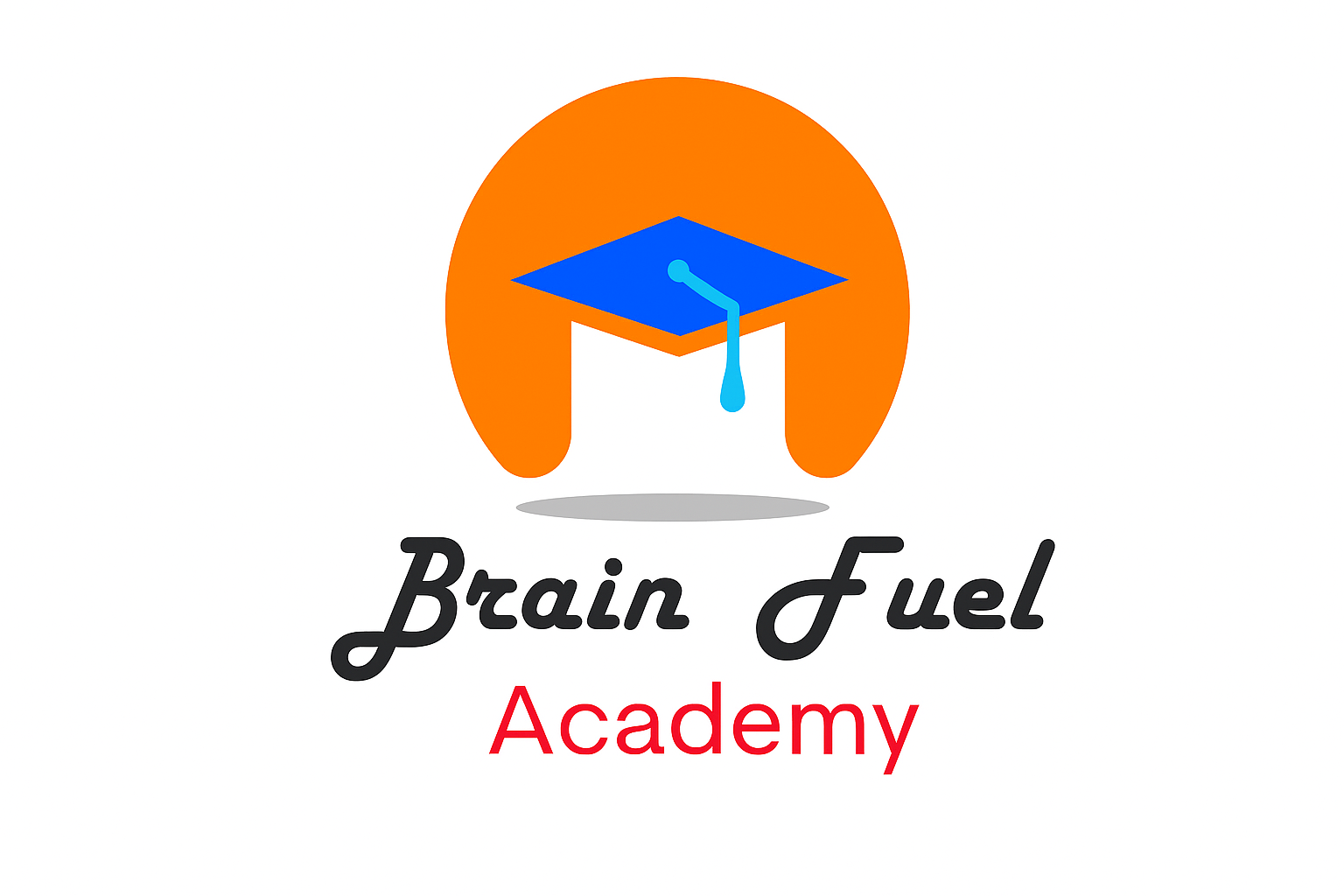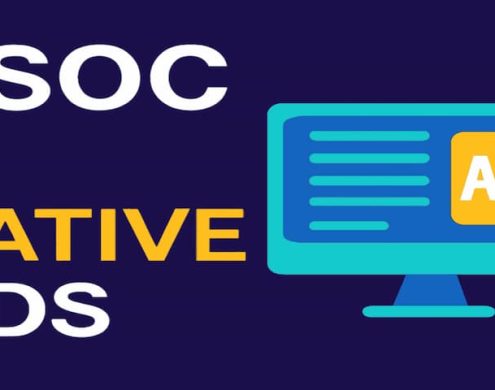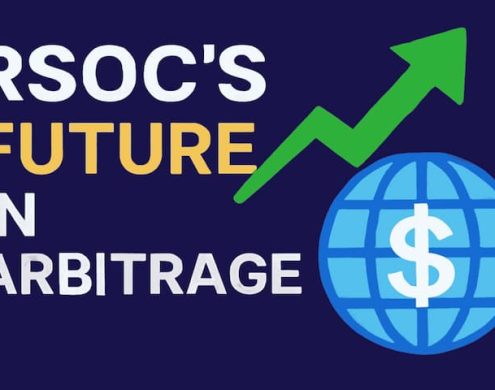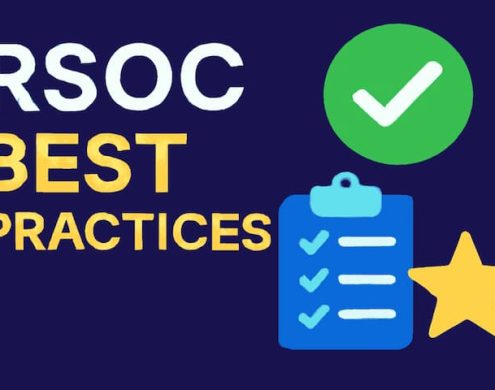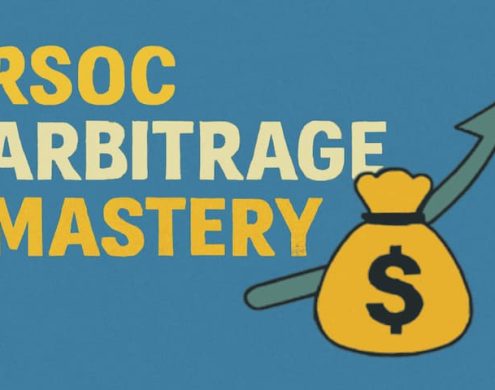Currently Empty: $0.00
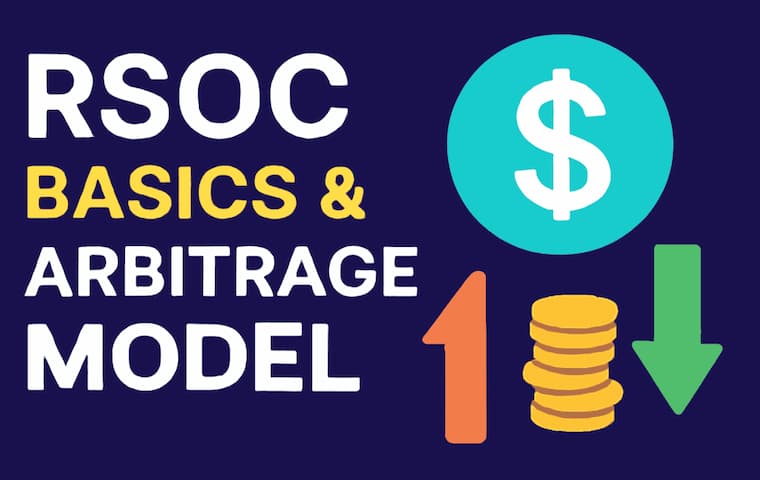
RSOC Basics and the Arbitrage Model: A Deep Look at Definitions, Monetisation Flows, and Content Integration
Beginning
In the fast-paced world of digital marketing, media buying tactics have changed quickly. RSOC, or “Related Search for Content,” is one of the new ideas that is gaining popularity among performance marketers, media buyers, and arbitrage specialists. RSOC is more than simply a fad; it’s a strong system that boosts revenue through clever keyword-based monetisation and a better user experience. This essay looks at RSOC from the ground up, focussing on its definitions, monetisation processes, and content integration tactics that make it a media buying strategy with a high return on investment.
What is RSOC?
“Related Search for Content” is what RSOC stands for. It is a way to make money online by showing advertising or search query links connected to keywords in content-rich places like blog posts, news articles, or landing sites. When people click on these keyword links, they are taken to search results or landing sites that make money, usually on a cost-per-click (CPC) or cost-per-action (CPA) basis.
RSOC embeds search intent in the material itself, unlike standard search advertising that depend on users typing in specific queries into search engines. It keeps people interested by giving them search suggestions that seem natural and relevant to what they’re looking for. This smooth integration leads to higher engagement rates than regular ads.
For instance, a fitness blog can have links like “Best Home Workouts for Beginners” or “Top Protein Supplements” inside the article. These are RSOC links that bring people to results that make money.
Section 2: An Explanation of the RSOC Arbitrage Model
2.1 What is Arbitrage in Digital Marketing?
Arbitrage in media buying means buying traffic at a cheap cost and sending it to a page that makes money where the earnings per visitor (EPC or revenue per mille – RPM) are higher than the cost of getting the traffic. RSOC arbitrage uses this idea by sending consumers to content pages full with RSOC keyword links from cheap traffic sources.
2.2 Basic Parts of the RSOC Arbitrage Model
Entry points include platforms like Facebook, TikTok, native ads (Taboola, Outbrain), and pop-up ads. Buyers use ad creatives to reach their target audiences and get them to RSOC-optimized content.
Content Layer: A blog post or pre-lander that has RSOC keyword widgets or links built into it. This is very important for following the rules and getting people to utilise the site.
RSOC Feed Provider: These are sites (like ClickFlare, Adsterra RSOC, and others) that give you keyword links that you may make money from based on the theme of the website.
Monetised Landing Pages: When people click on RSOC links, they get to a page that looks like a search result with high-paying CPC offers.
Getting Money: When people click on adverts or links on the final landing page, money is made. The arbitrage loop is lucrative if the traffic cost is lower than the revenue per visitor.
Section 3: How RSOC Makes Money
3.1 Flow of the User Journey
Ad Impression: A user views a native ad that says, “10 Tips to Burn Fat Without Gym Equipment.”
Content Landing Page: When they click on the ad, they get to a well-written blog article.
RSOC Keywords Shown: There are links to contextual keywords like “How to Lose Belly Fat Fast” throughout the text.
RSOC Click: The user clicks on one of the links.
Monetised Search Page: The user is sent to a page that shows search results together with adverts.
Ad Click or Conversion: If a user clicks on an ad with a high cost-per-click (CPC) or takes advantage of an offer, the company makes money.
3.2 How It Works
High Engagement: RSOC links act like how people naturally read. People see them as parts of the article, not adverts that get in the way.
Intent-Based Revenue: RSOC linkages generally connect people with similar interests, which means they get traffic from the middle to the top of the funnel, which converts better.
Scalable Model: Once a piece of content and an audience funnel make money, media buyers can get more visitors to them.
3.3 Important Metrics to Keep an Eye On EPC (Earnings Per Click)
RPM, or revenue per 1,000 impressions
Click-Through Rate (CTR) on RSOC links
Time on Page: Shows how good the content is
Bounce Rate: A low bounce rate shows that people are interacting with RSOC material.
Part 4: Good Ways to Combine Content
4.1 Putting RSOC Links in Their Own Place
The idea is to make RSOC links look like they belong in the content. Don’t put too many keywords in one spot or too close together. Put links where consumers expect to get more value instead:
- After valuable information
- In lists with numbers or bullet points
- In between paragraphs
4.2 Matching Content with Keyword Feeds
Make sure the theme of your blog’s content fits with the niche of the RSOC keyword feed. For instance:
Health blog: losing weight, taking supplements, and making nutritious meals
Finance blog: credit cards, savings programs, and ideas for investing
Tech blog: VPN services, software reviews, and internet tools
When the content and keywords don’t match, the CTR and user trust go down.
4.3 Using SEO Rules for RSOC Pages
Even while RSOC pages are mostly used to make money, basic SEO can help them get more visitors and keep them on the page longer. Think about:
- Headlines with a lot of keywords
- Formatting H1 and H2 correctly
- Layouts that work well on mobile devices
- Pages that load quickly
4.4 Things to think about when it comes to compliance
Make sure your material follows the rules of the ad network. Some RSOC models, especially those that work with traffic from Google or Facebook, need:
- Clear warnings
- No stuff that is deceptive
- Real value for users
- Cookie notifications that follow GDPR rules
4.5 A/B Testing Layouts and Calls to Action
- Try out several designs and positions for RSOC keyword sections:
- In-article vs. sidebar
- Links that are bold vs. links that are subtle
- Buttons for calls to action vs. text with links
- Use analytics tools and heatmaps (like Hotjar or ClickFlare) to see how users interact with your site.
Part 5: The Good and Bad Points of RSOC Arbitrage
Pros:
- High return on investment possibilities
- Can grow with little ad spending
- Not a lot of rivalry in some niches
- Simple to test and improve
Cons:
- Delayed attribution of revenue (up to 24 hours or more in some streams)
- Risks of compliance that depend on the platform
- Needs good skills in crafting copy for content
- Performance that changes dependent on CPC trends
Part 6: The Future of RSOC Media Buying
As Google gets rid of old arbitrage models like AFD (AdSense for Domains), RSOC offers a new, compliant option that works with content-first online ecosystems. More and more, native ad platforms and search engines are rewarding monetisation methods based on intent. RSOC is at the vanguard of this change.
In the next few years, RSOC campaigns will include more automation tools, AI-based keyword matching, and real-time feed optimisations.
In conclusion
Native keyword techniques from RSOC give media buyers a great approach to combine content with making money. Marketers may create long-lasting campaigns that always do better than traditional models by understanding the basic arbitrage model, sketching out effective user journeys, and making content that is interesting. RSOC is still a smart, scalable, and compliant way to make money online in the post-AFD world, even as platforms and algorithms change.
Whether you’re an experienced media buyer or just starting to learn about arbitrage, learning RSOC could be the next major thing that helps you grow.
